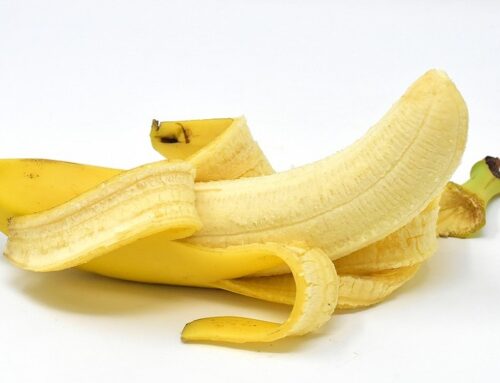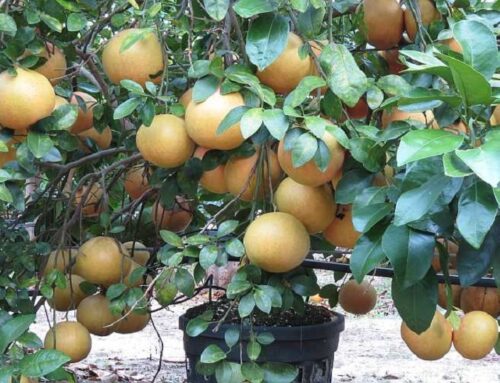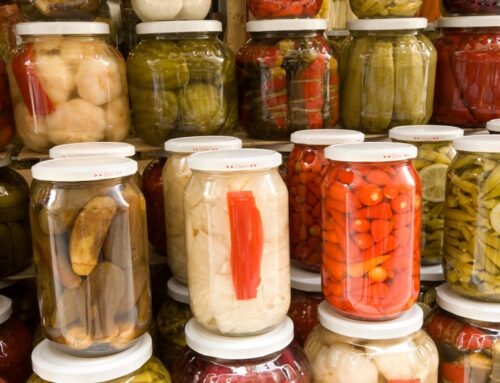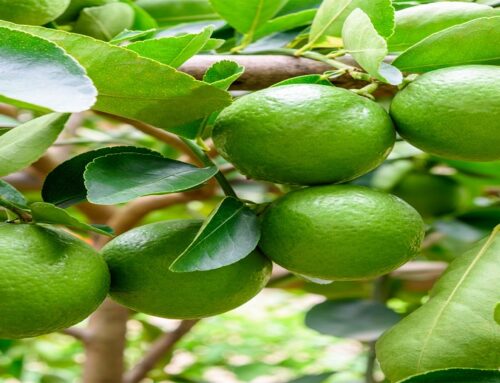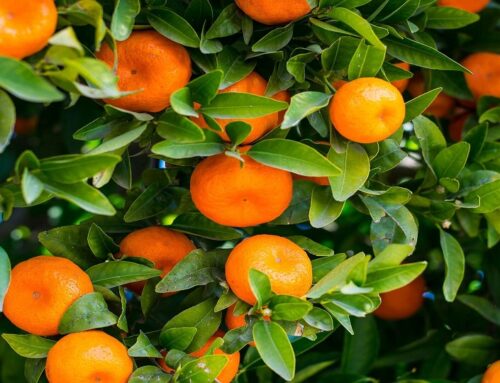Scientific name of lemon is Citrus limon. It is an evergreen, perennial, flowering shrub which sometimes grows into a small tree. They are grown for their highly acidic, highly useful, yellow coloured fruits. Under good cultural conditions, a lemon tree reaches up to a height of 3-4 meters. Lemon plants are believed to be originated in South-East Asia.
Varieties: Popular varieties of lemons are Bonnie Brae, Eureka, Femminello St. Teresa, or Sorrento, and Yen Ben.
Food Uses of Lemon: Lemon fruits are used for making lemon juice which is a healthy drink rich in Vitamin C. Lemon juice is used for making different types of cocktails and soft drinks. Lemon juice is used for tenderizing meat and other non-vegetarian foods such as seafood. Lemons are used for many culinary purposes such as for making pickles, lemonades, marmalade, lemon liquor, lemon rice, and lemon curd. Lemon slices and lemon rinds are used for garnishing various foods and drinks. Lemon zest, the grated outer rind of lemon fruits, is used as a flavouring agent for baked foods, ice creams, puddings, spicy rice preparations, and similar other food dishes. Lemon leaves may be used for making lemon tea.
Growing Lemons: The detailed account of growing practices for lemons is as given below:
Climate: Lemon trees are essentially a plant of subtropical climate. Wet tropical climate and high altitudes are not suitable for their growth. However, they can be grown indoors in cool climates. They thrive well between 15.5 and 29 °C. They are sun-loving plants and require considerable amounts (10-12 hours daily) of sunlight. They need plenty of water also for their growth; however high humidity should be avoided as it may invite plant diseases. For fruit development, there should be a temperature variation between summer and winter and, between day and night. They are sensitive to frost and hence frost-protection is mandatory.
Soil: Lemon trees can be successfully grown in well-drained, fertile, light or medium loam soils. They thrive well in well-drained alluvial, medium black and loamy soils also. Soil pH should be between 5 and 8 (moderately acidic to slightly alkaline soils).
Propagation: Seed propagation may be done for a small crop. For a commercial crop, grafting and budding may be used. In grafting, a rootstock is grown from seed and then a bud taken from a scion variety is grafted into the one-year old seedling rootstocks. While choosing a rootstock, make sure that it is compatible with the variety/scion inserted into them. Otherwise the graft will not survive for a long period. Grafted trees mature uniformly and bear fruits earlier than seedling trees. Grafted trees begin to bear after 3-4 years of growth while a seedling tree begins to fruit after 5-6 years only.
Field Preparation: Field is tilled, and organic matter/humus is added to the top soil; alternatively green manuring may be done to increase soil fertility. Lemon trees are susceptible to heavy winds and hence wind protection should be provided in the fields. Pits of size 50x50x50cm are prepared well in advance and left for weathering.
Planting: One year old grafted plants are planted in well-manured pits at the onset of rains. Plant to plant distance may be kept at 4-5 meters while distance between two rows may be kept at 9-10 meters. A light watering is done soon after planting.
Irrigation: Irrigation @10-15 days interval during winter is necessary. Weekly irrigation is recommended during summers. Water requirement of young (1-4 years old) plant is about 5 to 15 liters/day. Water requirement of a mature plant (9 years and more) may be 60 to 170 liters/day. Irrigation should be planned according to the plant requirement and prevailing climatic conditions.
Aftercare: Pruning is not required for mature plants but slight pruning may be done for young plants to keep them in shape. Mulching may be practiced to suppress weed growth and to conserve soil moisture. Growth regulators may be sprayed to avoid pre-harvest fruit drop.
Insect Pest Management: Major insect-pests that attack lemon plants are bark borers, citrus psylla, citrus leaf miners, whiteflies and aphids. A detailed account of insect-pest management in lemon plants is as follows:
- Bark borer (Inderbela tetraonis): These caterpillars make holes in the branches; they can be effectively controlled by injecting kerosene in the holes and plugging the holes thereafter.
- Citrus Psylla (Diaphorina citri): These insects can be controlled by the use of its natural enemies, ladybird beetles.
- Citrus leaf miners (Phyllocnisitis citrella): Larvae feeds on tender plants; these insects can be controlled by destroying the affected plant parts and also by the application of organic, pyrethrum based insecticides.
- Citrus whiteflies, citrus butterflies, and citrus aphids: All these insects attack on young leaves and tender shoots by feeding on them; they can be effectively controlled by the application of organic, pyrethrum based insecticides.
- Citrus fruit flies: These insects attack young and ripening fruits and can be controlled by the destruction of affected fruits as well as by the use of fly traps.
- Other major insects are scale insects, thrips and mealy bugs; they can be effectively controlled by the application of organic, pyrethrum based insecticides.
Disease Management: Major diseases of citrus plants are gummosis, degreening and greasy spot. A detailed account of these diseases is as follows:
Gummosis is caused by the fungus Phytophthora spp.; it affects tree bark which develops cracks and dried cankers; bark of the affected trees can be pasted with Bordeaux mixture in order to control this disease.
Citrus greening disease is caused by the bacterium Liberobacter asiaticum; major symptoms are streaks on the leaves, and deformed fruits; this disease can be controlled by the use of disease-free planting materials.
Greasy spot, a fungal disease caused by the Mycosphaerella citri; major symptoms are premature defoliation; Bordeaux mixture may be used as a control measure.
Harvesting: Lemons are non-climacteric fruits and hence only mature, ripe fruits should be harvested. Ripeness can be determined by the changes in fruit skin colour. Ripe lemons have greenish to yellowish green skin colour. During storage, ethylene gas is used to turn green skin to yellow colour; this process is called degreening.
Storage: Lemons can be stored at refrigeration temperature in controlled-atmosphere chambers for up to 3 months after harvest. In home storage, lemons can be stored for one month if they are stored loosely in a perforated plastic bag at refrigeration temperature.
We have a book on ‘Citrus Fruits‘….
Check out our publishing services here…
We publish top quality videos on various ‘Food & Agriculture’ topics. You may subscribe our video channel here…


